Brick for the plinth: varieties, laying methods
The base of a house is the basis and support of load-bearing structures. It must protect the building from water leakage and cold air penetration.It’s easy to avoid difficulties when operating a building - buy a good brick for the plinth. It must be a strong and durable material.
The content of the article:
What should be the brick for the base?
According to SNiP, which regulates the specifics of the construction of plinth structures, bricks that have passed compression and bending tests can be used for the plinth.
The choice depends on the area of the basement. The larger the space, the higher the expected load.
When selecting material, take into account:
- Total weight of the building.
- Snow depth in winter.
- Seismic characteristics of the region where construction is taking place.
Each residential premises is built in accordance with design documentation, where the safety factor is prescribed. It compensates for possible deviations from the requirements specified in regulatory documents. In the absence of a project, it will be impossible to put the building into operation, as well as connect to communication networks, obtain registration and sell the building.
Characteristics that a brick for a plinth should have:
- Increased compressive strength – at least 200 MPa.
- Standard size.
- Environmental friendliness and safety.
- Moisture resistance.
- Relief surface.
Which brick is suitable for the plinth
During construction, one of 4 types of bricks is used, which meet the requirements for the base:
Silicate
Product with low cost and standard shapes. There is a caveat - it is not used in regions with high humidity levels.Otherwise, additional waterproofing of the walls and application of a moisture-resistant material will be required. plaster.
An arid climate is optimal for laying sand-lime bricks. Water absorption of the material varies from 8 to 16%. Lime with quartz sand is used as a basis for production.
Clay red brick
The material produced by baking is better suited for working with the base than the previous one. It is recommended to buy the M-150 brand. Others absorb liquid well, which can lead to destruction of the structure of the block from the inside.
M-150 can withstand more than 50 periods of freezing. If construction is carried out in a region with a humid climate, the M-250 grade is recommended.
Ceramic acid resistant
The building material withstands moisture, protects the building from sudden temperature changes, and also has a large margin of safety.
Acid-resistant ceramic bricks cope with negative external factors, and the high level of density can withstand maximum loads on the structure. During its production, clay and dunite are added to the composition. After processing, the product does not collapse and does not lose its original properties.
Clinker
Durable and beautiful. This brick is made in different shades, which allows you to choose the material in accordance with the design of the house. Therefore, clinker is especially popular when finishing the base.
The material is dense, which allows it to be used in the construction of load-bearing structures. Among the advantages are frost resistance - from F-100, strength - from M-250. The level of water absorption does not exceed 5% of the product weight.
To produce clinker, special types of clay are used, which are fired at high temperatures.
Which brick should not be used for the plinth?
To build a plinth it is strictly forbidden to use:
- Hollow ceramic bricks, ceramic blocks.
- Pressed brick.
- Cellular concrete blocks of any hardening technology.
Sand-lime bricks are allowed to be used only in the construction of buildings of the 3rd level of responsibility - summer kitchens, greenhouses, garages and others outbuildings.
A residential building is a building of the second level of responsibility, when constructing the base of which it is necessary to choose the right brick.
To ensure the reliability and strength of the building, when purchasing materials, a number of conditions must be met:
- The strength of the brick must be at least 20.0 MPa, which is typical for the M-250 brand.
- The frost resistance level cannot be lower than F-100.
- All vertical seams are filled with mortar during the bricklaying process.
- It is better to insulate the basement walls.
- When choosing a solution, it is recommended to use a heavy one, from M100.
In accordance with the requirements of GOST and SNiP, for the construction of basement walls it is allowed to use wall stones from:
- lightweight concrete filled expanded clay and slag;
- fine-grained concrete on granite screenings;
- heavy concrete - concrete brick.
Blocks with an average size of 288*138*138 mm, can be used for ordinary or facing masonry. The front version, as a rule, is produced with two colored, textured surfaces - front and end. This material can be used not only for masonry, but also for cladding the base.
Laying the plinth in stages
Laying the plinth begins from the corners - this simplifies the work. First you need to tighten the mooring cord in accordance with the pre-applied markings. The cord is stretched along the entire perimeter of the foundation - this ensures the accuracy of the vertical/horizontal levels.
Laying stages:
- All corners are displayed, the height of which should be several rows. It is important to comply with the vertical, horizontal and direction.
- Orders are established, between which a mooring cord is stretched. This will facilitate construction work and allow you to control the level of each row, the verticals of the corners and the height of the base.
- As soon as one wall of the basement is removed, reset the order to the opposite corner. Pull a mooring onto it, after which construction work can continue.
When laying, different dressing schemes can be used. The choice depends on the thickness of the base.
The single-row chain circuit is in demand due to its simplicity and ease. When laying out the first row, the bricks are laid with a poke outward, in the second row - with a spoon.
A multi-row scheme involves laying the first two next to each other in accordance with the chain method algorithm. Subsequent rows are laid using the spoon method.
If it was decided to lay out a base of one and a half bricks, you can use single- or multi-row ligation schemes. With the single-row method, there is an alternation of tie and spoon rows from the outside of the future building. In accordance with the multi-row scheme, the first row is laid out according to the “poke-spoon” principle, the second - “spoon-poke”. Subsequent rows are formed with spoons tied in half a brick.
Before starting to lay the plinth, measurements are taken, the approximate load and the possible negative impact of various factors are calculated.The choice of materials will depend on this.
Brick is a material with optimal properties and characteristics that will ensure heat retention, strength and reliability of the structure as a whole. But if you don’t have any special skills in construction, it’s better not to do this kind of work yourself, but to entrust it to a construction team.
What do you think is the best material for a plinth? Share in the comments.

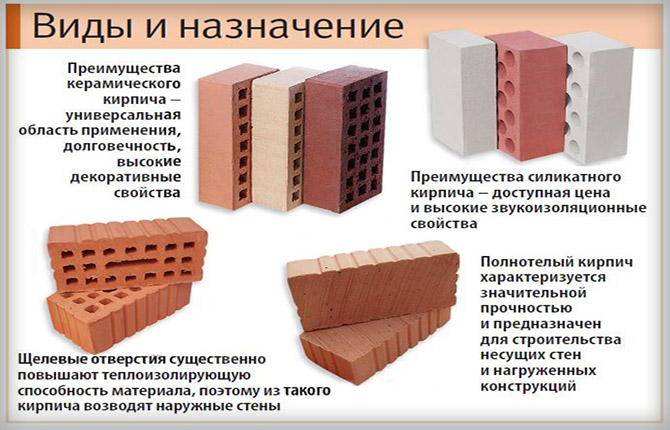
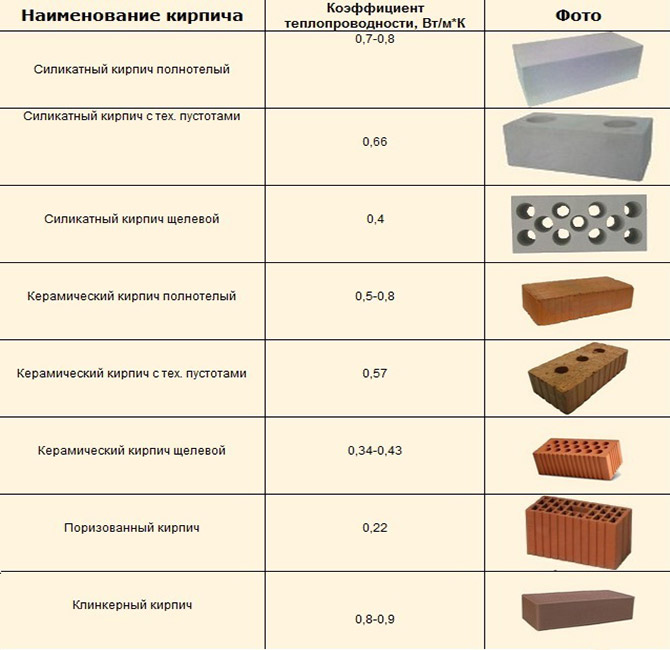
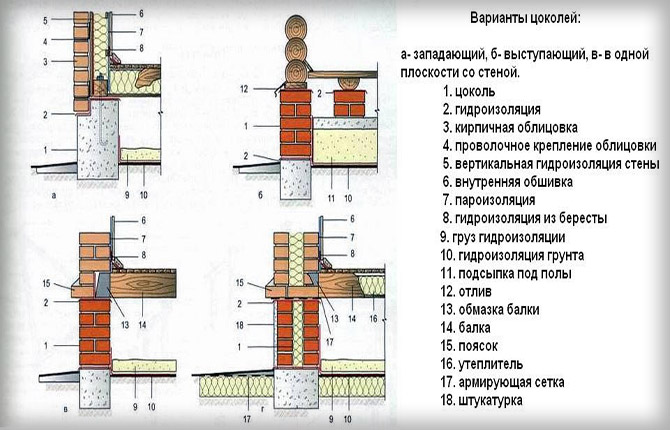


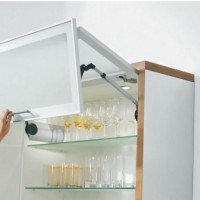

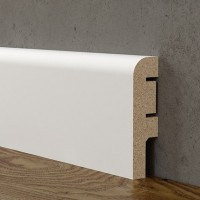
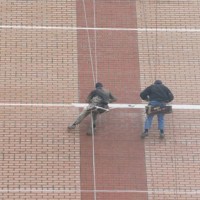

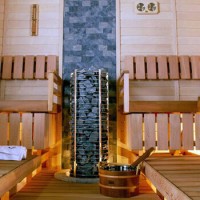

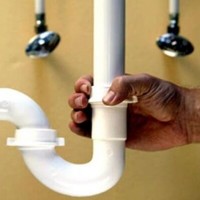
Construction is not my thing. I prefer to pay people money, hire a crew, and let them do all this work themselves. They clearly have more experience than me...